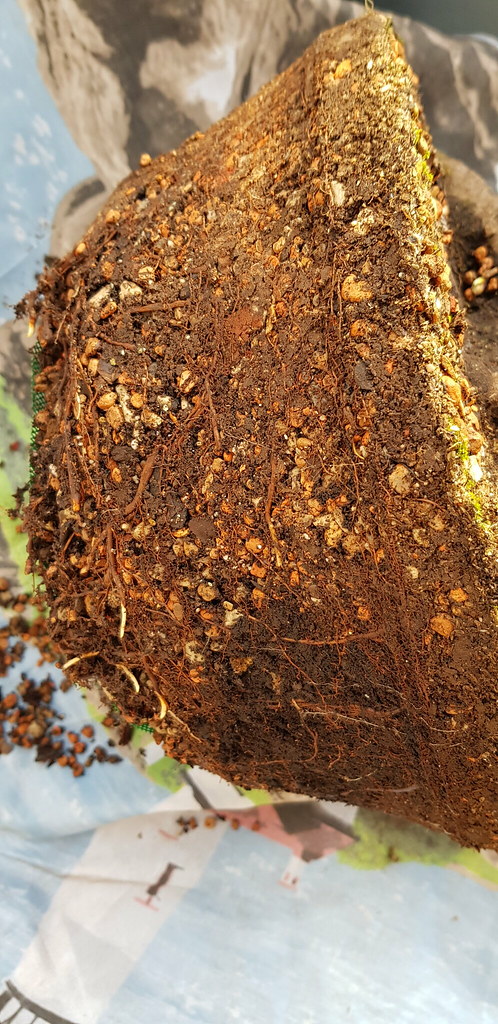Woocash
Omono
I went to a local nursery at the weekend and they told me the best time to go for hornbeam, beech etc is when they get all their bare root or rootball stuff in, after dormancy kicks in. This got me thinking.
So far, I have been able to find mostly two schools of thinking when it comes to collecting trees. Collect in autumn/fall with leaves still on or collect in spring just before bud burst. Nurseries, however, wait until the tree enters dormancy then dig them up, clean and trim roots and they can often wait weeks or months before being re planted. So, if this is how a whole industry does it, what is the benefit of us doing it in autumn or spring? Or, rather, why is the best time to do it not in winter?
Is it anything to do with collecting coniferous versus deciduous? Cold shock? General terrain type? Size or age of tree? Et cetera, et cetera.
So far, I have been able to find mostly two schools of thinking when it comes to collecting trees. Collect in autumn/fall with leaves still on or collect in spring just before bud burst. Nurseries, however, wait until the tree enters dormancy then dig them up, clean and trim roots and they can often wait weeks or months before being re planted. So, if this is how a whole industry does it, what is the benefit of us doing it in autumn or spring? Or, rather, why is the best time to do it not in winter?
Is it anything to do with collecting coniferous versus deciduous? Cold shock? General terrain type? Size or age of tree? Et cetera, et cetera.

 20181227_123103
20181227_123103 20181227_131925
20181227_131925 20181227_132045
20181227_132045 20181227_131953
20181227_131953 2019-07-12_12-13-54
2019-07-12_12-13-54 20190223_125240
20190223_125240 20190223_145644
20190223_145644 2019-08-17_07-32-03
2019-08-17_07-32-03 20180320_121723
20180320_121723 20180320_122923
20180320_122923 20180320_124031
20180320_124031 20180321_175008
20180321_175008 2018-07-29_05-32-53
2018-07-29_05-32-53 2017-03-23_09-43-47
2017-03-23_09-43-47 2017-03-23_09-43-36
2017-03-23_09-43-36 2017-02-01_04-33-28
2017-02-01_04-33-28 2017-02-01_04-32-56
2017-02-01_04-32-56